Great Design Plant: Aronia Melanocarpa, a Star for Three Seasons
http://www.decor-ideas.org 10/27/2015 00:13 Decor Ideas
In low-lying areas where the soil remains moist after a rainfall, or at a pond’s edge, you may want to consider black chokeberry (Aronia melanocarpa). This native shrub tolerates wet, acidic soil, and it provides seasonal interest with bright white flowers in spring, dark blue berries in late summer and brilliant red foliage in fall.
Black chokeberry can be massed in a large shrub planting, grown along a house foundation or naturalized in a sunny spot. Showy clusters of five-parted flowers with pink anthers give bees forage in early spring.
Not in the eastern U.S.? Browse plants native to other regions of the U.S.
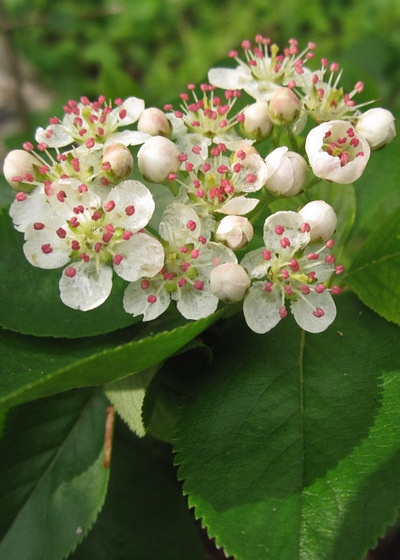
Botanical names: Aronia melanocarpa (syn. A. nigra, Photinia melanocarpa, Pyrus melanocarpa, Pyrus arbutifolia and Sorbus melanocarpa)
Common name: Black chokeberry
Origin: Native to eastern North America, from Minnesota south to Arkansas, and eastward to Maine in the north and Georgia in the south; in Canada, native from Ontario eastward to Newfoundland
Where it will grow: Hardy to minus 45 degrees Fahrenheit, or minus 43 degrees Celsius (USDA zones 2a to 7b; find your zone)
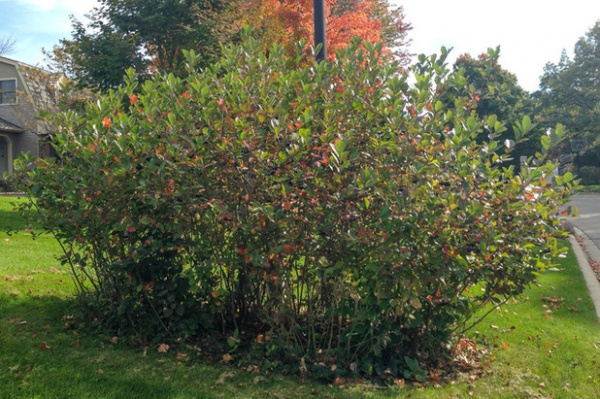
Shown: A mass planting of several shrubs in a front lawn
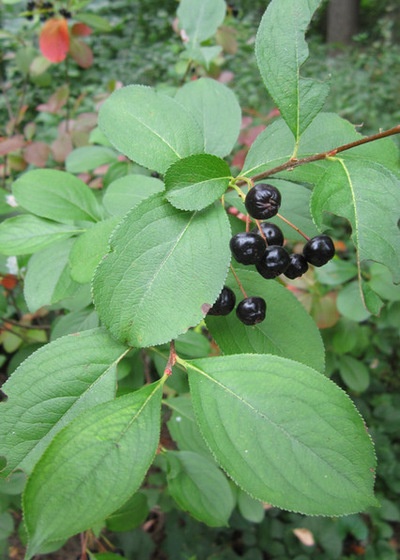
Typical plant communities: Swamps, wetlands and low-lying sites with sandy, acidic soil
Soil requirement: Sandy loam to peat
Light requirement: Full or partial sun
Mature size: 3 to 7 feet tall and 5 feet wide
Benefits and tolerances: Tolerates wet soil
Seasonal interest: Glossy, dark green leaves that turn bright red in fall; five-parted, white flowers that open in mid-May through June; clusters of dark blue fruit that develop in late August; upright, narrow habit and dense growth
When to plant: Spring or fall (potted plants available from most native-plant nurseries in regions where this shrub grows)
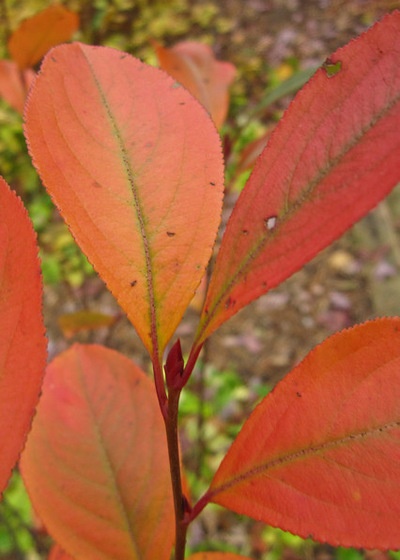
Distinguishing traits. Black chokeberry has an upright, dense form; glossy, dark green leaves; and bright white flowers that open in spring. Hanging clusters of bluish-purple fruit develop in late August. The mouth-puckering berries are used in juice and preserves.
How to use it. Plant it in full or partial sun in any moist site, including along a foundation, as a backdrop to a large perennial garden, in a rain garden, and naturalized in a wetland.
Shown: Close-up of the leaf color in fall
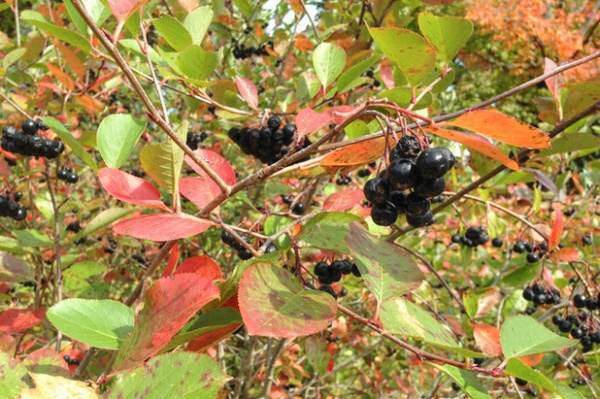
Planting notes. Black chokeberry is rhizomatous and will slowly sucker, forming small colonies. For this reason, plant it in clusters to make a thicket that will provide a home for shrub-nesting birds.
The plant has many similarities to the invasive shrub European buckthorn (Rhamnus cathartica), including leaf shape, color and glossy appearance; dark blue fruit; and upright form. To avoid confusing the two, consider removing European buckthorn before installing black chokeberry.
Shown: Developing fruit and leaf color in early September
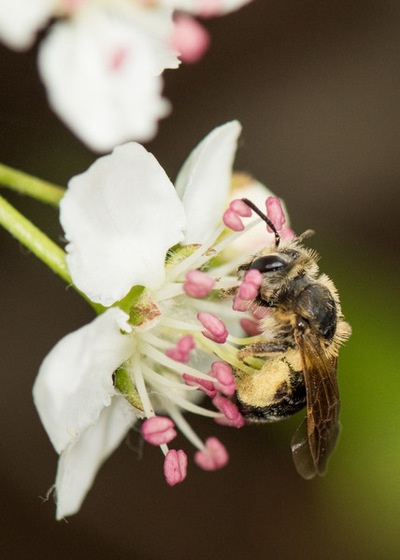
Pollinator notes. The bright white flowers and pink anthers attract pollinating insects like bees and syrphid flies.
Shown: A female mining bee (Andrena)
More
Flood-Tolerant Native Trees for Soggy Soil
5 Berry-licious Shrubs to Plant Now for Winter Interest
Related Articles Recommended












